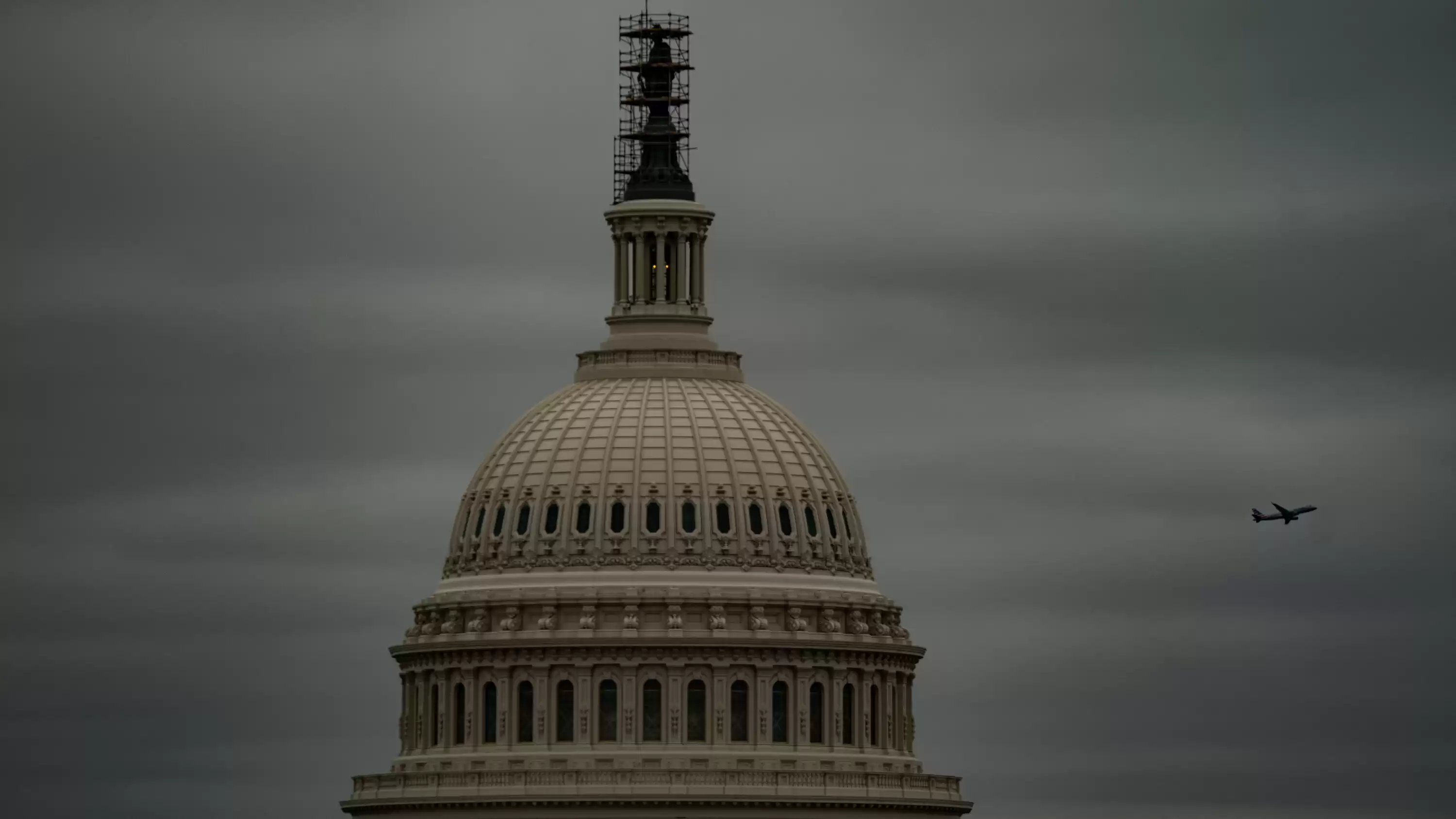Government Shutdown: The Path to Closure and Reopening
The federal government is on the brink of a shutdown as Congress has not passed any spending bills. A bipartisan deal is needed to keep it open.
The federal government is on the brink of a shutdown, with Congress failing to pass the necessary spending bills to fund the government. This has led to a scramble for a temporary stopgap measure to keep funding flowing while lawmakers work on the annual spending bills. But why has Congress been unable to pass these bills?
According to the Constitution, Congress has the power to control the nation's finances. Each year, Congress must pass 12 appropriations bills to fund the government from October 1st to September 30th of the following year. However, this year, Congress has been unable to pass any of these bills, which require approval from both the House and Senate, as well as the president's signature. Without a temporary funding measure, the government will be forced to shut down.
The main disagreement over spending stems from negotiations earlier this year to prevent a federal debt default. Speaker Kevin McCarthy and President Biden agreed to cap federal spending for the next two years and implemented a requirement that each spending bill be passed individually, rather than bundled together. This agreement received bipartisan support, but faced opposition from right-wing lawmakers who believed it allowed for excessive spending. These lawmakers want even deeper cuts, which are likely to be rejected by the Senate and White House.
In an attempt to avert a shutdown, the Senate is considering a bipartisan "continuing resolution" that would keep the government open until November 17th. This resolution includes funding for aid to Ukraine and natural disaster relief in the United States. However, Speaker McCarthy does not have enough votes to pass this bill, as hard-right Republicans are opposed to continuing spending at current levels. Some Republicans have even threatened to remove McCarthy from his post if he works with Democrats to pass the bill.
In response, House Republicans have been working on passing individual spending bills that include significant cuts to government funding and controversial policy riders. However, these bills are unlikely to become law or prevent a shutdown, as they will not be approved by the Senate.
If a shutdown occurs, Congress would need to pass a temporary funding measure to reopen the government while they work on the annual spending bills. However, any deal to reopen the government would have to be bipartisan, considering the control of the Senate and White House by Democrats and the House by Republicans. Speaker McCarthy faces a difficult challenge in achieving this within his slim House majority. Alternatively, he could attempt to work with Democrats, but this would risk his speakership.











Comments on Government Shutdown: The Path to Closure and Reopening